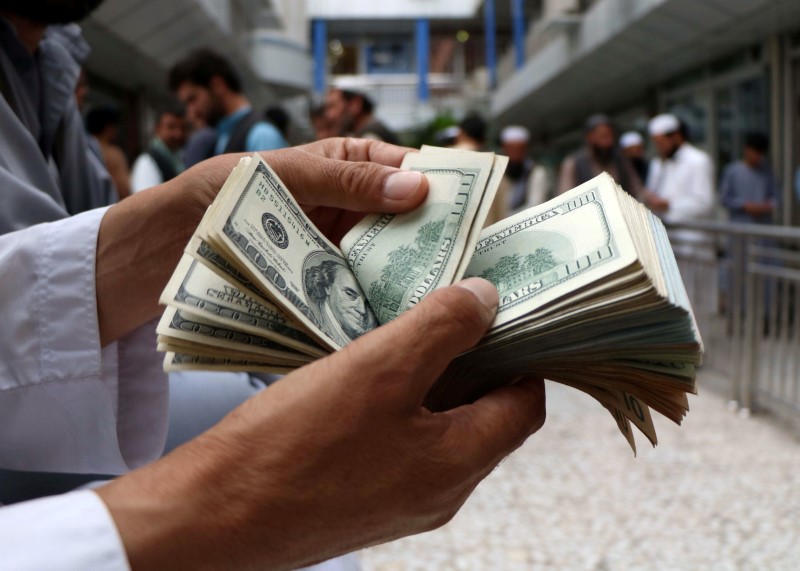(Bloomberg) -- The world is still struggling to subdue the coronavirus but the bond and currency markets are already looking past the pandemic.
After sheltering in havens for weeks, investors are back in risk-on mode. The most indicative sign may lie in the dollar, which was the most sought-after asset during the worst of the selloff. It’s down for a third week.
Indonesian bonds, a barometer of risk appetite for emerging markets, have erased losses. Optimism is rising about the reopening of economies even as a growing spat between the U.S. and China threatens to set off another trade war.
“Pessimism surrounding the pandemic that we have seen is almost disappearing from the market,” said Kiyoshi Ishigane, chief fund manager at Mitsubishi UFJ (NYSE:MUFG) Kokusai Asset Management Co. in Tokyo. “Even after huge fiscal stimulus was rolled out in many countries along with monetary easing, additional government spending is still planned or contemplated.”
Here are three charts to show investors are embracing risk again:
Dollar
As the global economy starts to come back online, the dollar has lost some of its haven appeal. The Bloomberg Dollar Spot Index is on course for a third week of losses, the longest stretch since October.
Treasury yields have climbed about half a percentage point since dropping to a record low in March while the VIX index, or the so-called fear gauge, is near a three-month low.
“The dollar is counter-cyclical to risk appetite and so some of the dollar’s recent decline can be attributed to the lift in risk appetite,” Bank of New Zealand strategist Jason Wong wrote in a note Thursday. “Any further improvement in risk appetite alongside an improvement in global economic indicators should be met with further dollar weakness.”
The Australian dollar has climbed over 6% since end-April as it tracked a rise in commodity prices. Tentative signs that China’s economy may have hit a trough have cemented expectations for further gains, with traders positioning for a rebound in coal and iron ore demand.
The Aussie rallied to 69.88 U.S. cents on Thursday, the strongest since early January, and AMP (OTC:AMLTF) Capital Investors Ltd. says it may reach 80 U.S. cents by year end.
“There is increasing evidence that April was the bottom in activity and momentum has clearly tuned up and will continue to so” for economic growth, said Nader Naeimi, head of dynamic markets at AMP Capital in Sydney. “Most macro guys reflect their view on growth through the Aussie -- it’s highly liquid with a strong correlation with commodities.”
Emerging-Market Bonds
Developing-nation debt, a proxy for risk appetite, is back in favor. A Bloomberg Barclays (LON:BARC) gauge of the debt has climbed almost 10% since crashing to a 16-month low in March.
Global funds are returning to emerging Asian bonds as the lure of yields that are multiple times that on Treasuries is proving hard to resist. An auction of rupiah debt this week drew a record amount of bids, reflecting the strengthening demand for regional securities.
“With the improvement in global risk appetite and signs that the worst for economic activity has passed, foreign investor flows are starting to return to Asia,” said Khoon Goh, head of Asia research at Australia & New Zealand Banking Group Ltd. “Positioning is likely light after the massive selloff we saw in the past couple of months, so there is potential for more inflows to return.”
But, some caution there may be little room for further upside in the risk rally.
“The market still has some uncertainties such as China-U.S. tensions,” said Albert Shau-Lun Leung, emerging Asia strategist at Nomura International Ltd. in Hong Kong. “Most global economies will still grow much weaker than trend even if financial market disruption has subsided.
©2020 Bloomberg L.P.
